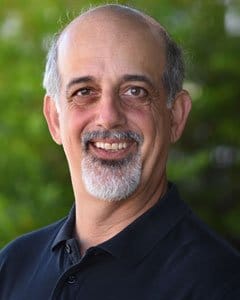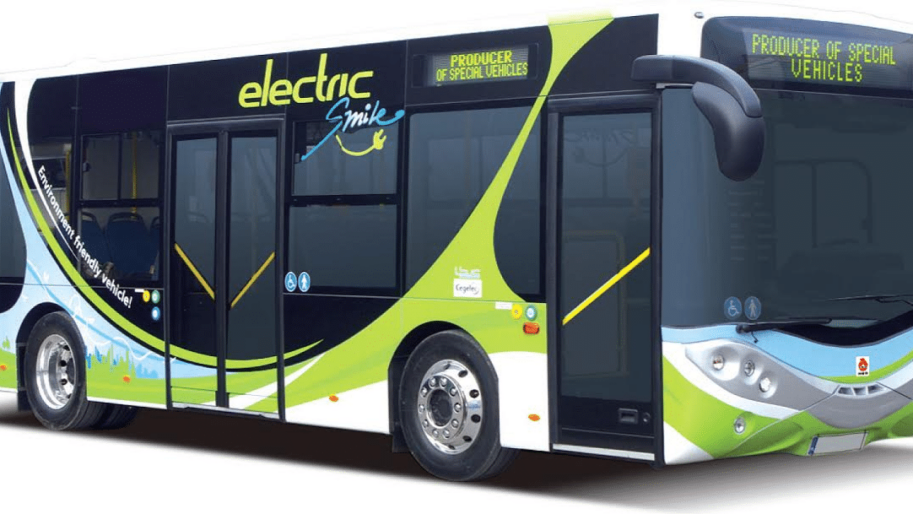Electric buses can reduce carbon emissions and fossil fuel consumption more quickly than cars. Far more quickly! Not only is as bus obviously much bigger than a car, it spends the better part of the day on the move, while cars are parked 95% of the time. Whereas the average passenger car travels between 10-12,000 miles per year, the average transit bus covers three times that distance, logging over 35,000 miles in a normal year of operation. Buses also often run on dirty diesel fuel, making the switch to electric even more of a win-win.
Recognizing the enormous environmental, public health and economic benefits of switching buses to clean, all-electric technology, California recently passed regulations that will require all buses to be electric by 2040. The last diesel bus in the State will be sold no later than 2030, and by 2040 all transit buses in the State will be 100% electric.
And that’s big news!
In case you think the technology is not there, or that the technical challenges will be too great, we just need to look to the Chinese city of Shenzen, which is the gateway from Hong Kong to mainland China, and has a population of over 12 million. Facing growing health care costs and economic disruption from their high levels of pollution, the City government committed in 2009 to transitioning their bus fleet from diesel to electric, and recently completed the task. How many new electric buses is that? Over 16,000!
The good news for those of us living in Sonoma County, is that we have also begun the transition to electric buses. In fact, the first one is already here, and you can ride it for free!
So hop onto the (free) 24 bus in Sebastopol if you’re close by or contact your local transit authority to tell them to go electric now!


